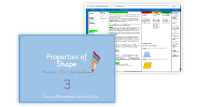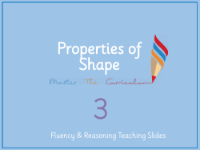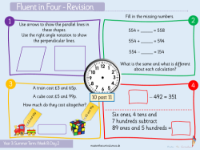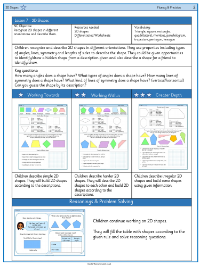Properties of shape - 2D shapes - Planning
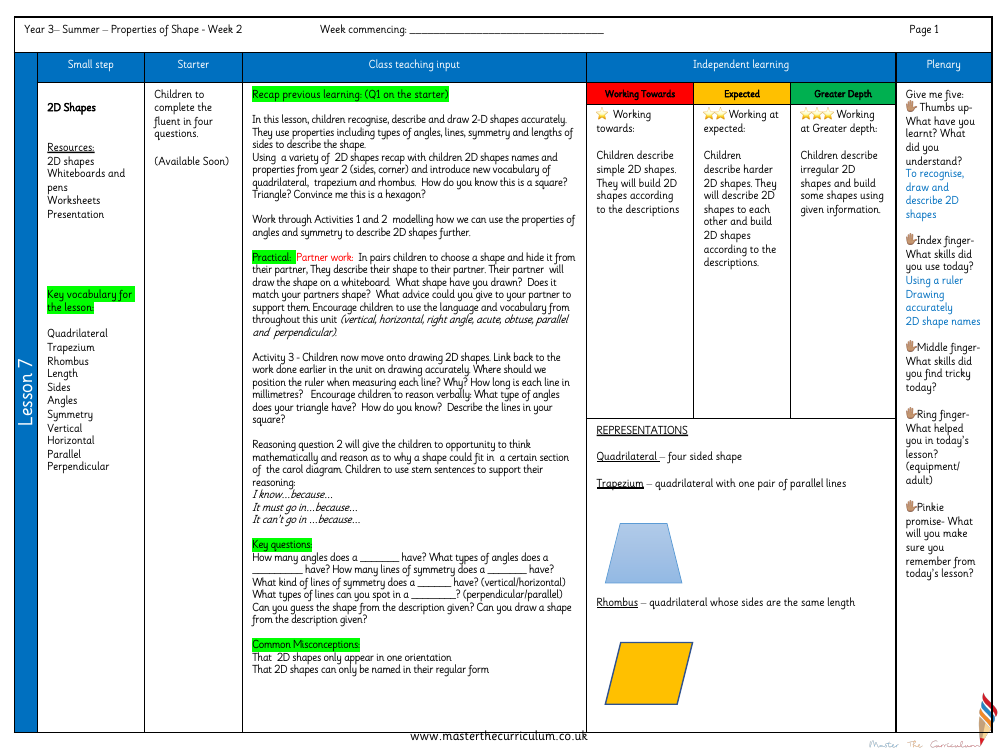
Maths Resource Description
In a Year 3 mathematics lesson, students delve into the world of two-dimensional shapes, enhancing their understanding through a variety of activities. The focus of the lesson is on recognising, describing, and accurately drawing 2D shapes, with an emphasis on their properties such as angles, lines, symmetry, and side lengths. The lesson starts with a review of shapes previously learned in Year 2, such as squares and triangles, and introduces more complex shapes like quadrilaterals, trapeziums, and rhombuses. Students are encouraged to use key vocabulary like 'vertical', 'horizontal', 'parallel', and 'perpendicular' to describe shapes. They engage in partner activities where one child describes a hidden shape and the other attempts to draw it based on the description, which reinforces their understanding of shape properties and the use of precise language.
The lesson progresses with students drawing 2D shapes, linking back to earlier lessons on accurate drawing and measurement. They are prompted to think about the placement of the ruler, the length of lines in millimetres, and the types of angles present in the shapes they create. This activity not only reinforces their knowledge of shapes but also helps develop their reasoning skills. For example, when using a carol diagram, students must explain why a shape belongs in a particular section, using stem sentences like "I know... because..." to articulate their thinking. The lesson addresses common misconceptions, such as the belief that 2D shapes only appear in one orientation or can only be named in their regular forms. By the end of the session, students should be able to recognise, draw, and describe a variety of 2D shapes, with differentiated outcomes for those working towards expected levels and those achieving greater depth.

